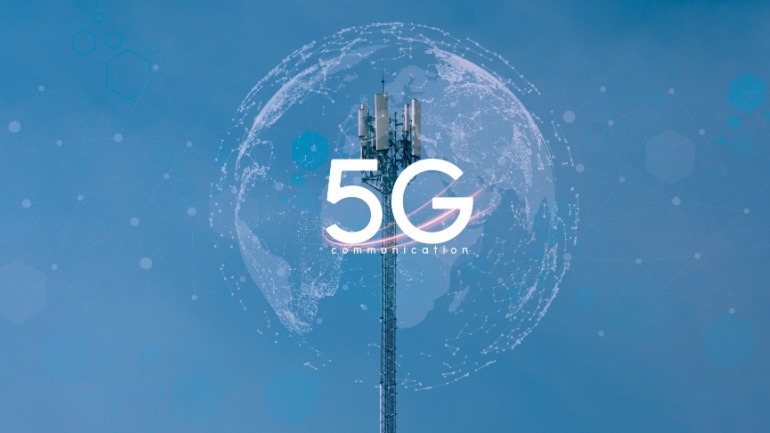Explore the future of VoIP with the remarkable advancements in 5G technology. O2 Telefonica’s recent 5G trial achieved incredible download speeds via carrier aggregation, highlighting the potential for transformative connectivity. These developments empower next-level VoIP services, ensuring seamless communication for consumers and businesses.
Ericsson has captured Viettel’s 5G deployment contract in Vietnam, marking an exciting era for VoIP technologies. This 5G upgrade, indispensable for modern VoIP communication systems, promises robust high-speed connectivity. The collaboration with Viettel is positioned to elevate Vietnam’s digital infrastructure.
Nokia and Viettel Group have inked a new commercial deal to deploy 5G infrastructure across 22 provinces in Vietnam. This collaboration enhances Viettel’s digital transformation efforts and modernizes its 4G network with Nokia’s 5G AirScale portfolio, including Massive MIMO radios.
Spark New Zealand has chosen Nokia to expand its 4G and 5G networks, enhancing VoIP capabilities across various cities. Utilizing Nokia’s 5G AirScale suite, Spark aims to simplify operations and boost efficiency.
Indian operator Bharti Airtel has significantly expanded its 5G network to encompass 140,000 villages across India. This initiative highlights Airtel’s commitment to enhancing digital connectivity in rural areas. Already covering 800,000 villages with its 4G network, Airtel’s expansion accelerates their mission of providing high-speed internet across India, supported by both 4G and 5G technologies.
Huawei and UAE telecom provider du have deployed the first indoor 5G-Advanced network in the Middle East, utilizing three carrier aggregation technology. This network delivers peak data rates of 5.1Gbps, enhancing indoor connectivity in shopping malls, hotels, airports, and residential buildings.
This week, French mobile operator Free, owned by Iliad Group, announced the nationwide launch of 5G Standalone (SA) services. This makes Free the first to deploy 5G SA across France, activating it at 6,950 of its 20,000 sites. Experience higher speeds, reduced latency, and innovative applications, all at no extra cost.
MTN South Africa and ZTE Corporation have pioneered Africa’s first 5G maritime coverage near Mossel Bay. This leap in ocean-based connectivity promises to revolutionize tourism, fisheries, and the maritime economy while supporting ecological preservation. With over 210Mbps throughput 22 km offshore, 5G will enhance shipping, fishing, marine research, and rescue operations.
Celona, a U.S.-based private networks specialist, is advancing into the Chinese market through a strategic partnership with Xingtera. This collaboration aims to deploy Celona’s innovative 5G LAN solution across industries such as manufacturing and logistics. Supported by Oriental Cable Network and Inspur, the partnership enhances secure wireless connectivity and accelerates digital transformation.
Reliance Jio Infocomm has partnered with OnePlus to validate 5G network slicing at a new 5G lab in India. This innovative technique divides a single physical network into multiple virtual networks, enhancing the 5G experience.













